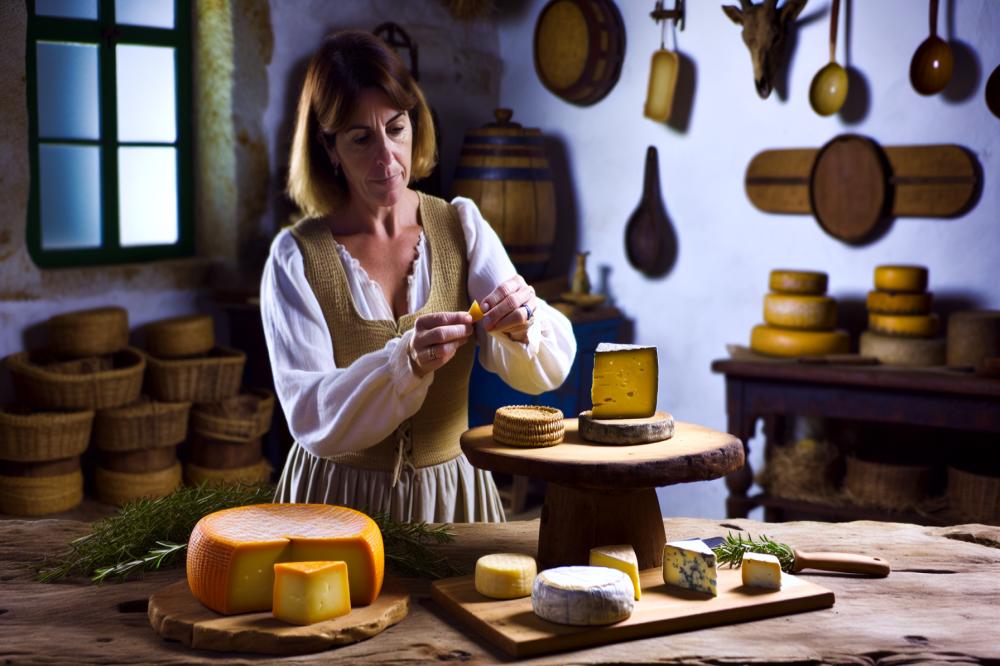Introduction
Cheese forms a vital part of Portuguese culinary heritage. The country boasts many popular kinds, including Queijo da Serra, Queijo São Jorge, and Fresco cheese. Each variety has its own distinct flavors and textures that add depth to dishes. These cheeses capture the essence of local traditions and the natural surroundings where they originate.
In traditional recipes, cheese acts as more than just an ingredient. It enhances flavors and brings dishes to life. From quaint family dinners to festive gatherings, cheese often occupies a central role. Imagine a warm plate of baked potatoes topped with melted cheese, or a hearty bread served alongside a rich cheese spread. These combinations create memorable experiences centered around dining.
Beyond flavor, cheese carries with it a cultural significance. It symbolizes tradition and reflects the local agricultural practices. Many recipes have been passed down through generations. This connection fosters a sense of community and pride among the people. When enjoying a dish featuring Portuguese cheese, diners partake in a shared history that transcends time.
Enjoying the variety of cheeses available is an adventure. Pairing them with regional wines or local fruits can elevate any meal. Discovering how these flavors intertwine encourages exploration of Portuguese cuisine. Each bite tells a story, inviting all to appreciate the authenticity of traditional recipes.
Portuguese cheese Varieties
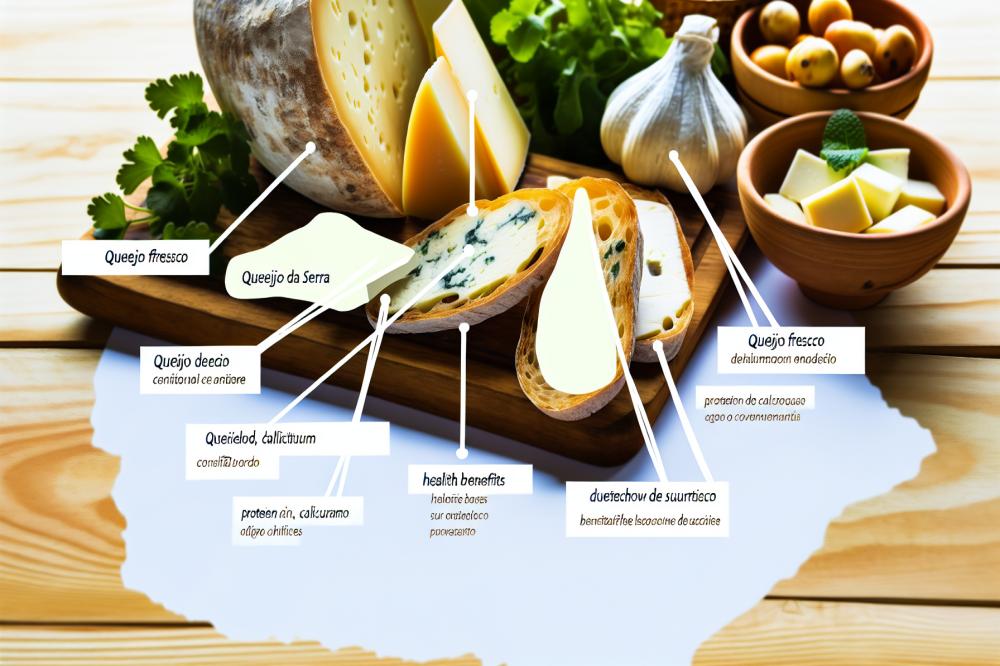
When exploring the rich world of Portuguese cheese, a few standouts take center stage. Queijo da Serra is one of the most celebrated options. This cheese hails from the Serra da Estrela region. It has a creamy texture and a rich, intense flavor. Often served at room temperature, it pairs well with crusty bread and a drizzle of olive oil. Many enjoy it as a table cheese or melted over vegetables and meats.
Next, we have Queijo de Azeitão. This artisanal cheese comes from the Setúbal Peninsula. Its soft and slightly oozing interior makes it a delightful treat. Aged for about a month, its flavor is characterized by a buttery, tangy profile. Typically, people serve it with fresh, rustic bread or alongside fruits for a refreshing contrast. This cheese can also add depth to salads and charcuterie boards.
Then there is Queijo Fresco. Known for its light and delicate taste, this fresh cheese is a staple in many households. The texture is soft, and it has a moisture content that gives it a pleasant, crumbly quality. Often, it finds its way into salads or simply sprinkled with herbs and olive oil. Its mild flavor makes it a fantastic choice for various dishes, from savory pastries to breakfast bowls.
Each variety offers something different. From the bold richness of Queijo da Serra to the creamy softness of Queijo Fresco, these cheeses enrich countless traditional recipes. Using them in cooking can elevate a simple meal. They add flavor and a local touch that many appreciate. Whether enjoyed on a cheese platter or as a key ingredient in a dish, these varieties showcase the best of Portuguese culinary heritage.
Traditional Recipes
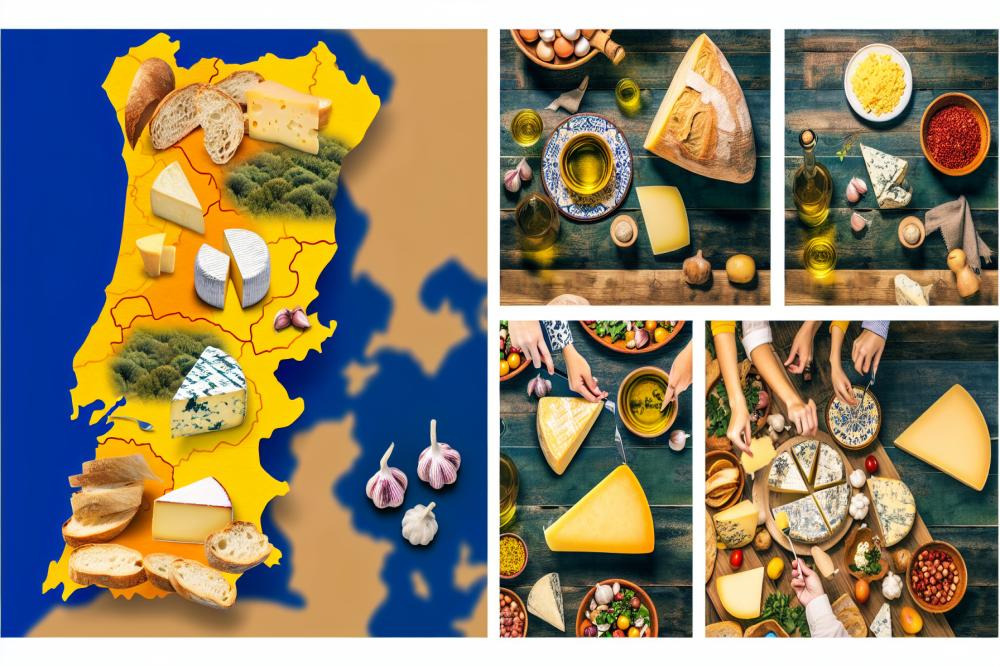
Recipes that highlight the flavors of Portugal demonstrate how cheese integrates into classic dishes. One delightful option is Queijo da Serra on Toast. This dish captures the rich, creamy nature of the cheese while pairing it with crispy bread. Prepare this simple yet satisfying treat for a snack or an appetizer.
Recipe: Queijo da Serra on Toast
Ingredients:
- 200g Queijo da Serra
- 4 slices of rustic bread
- 2 tablespoons olive oil
- 1 clove garlic, halved
- Fresh herbs (thyme or rosemary)
- Black pepper to taste
Instructions:
- Preheat the oven to 180°C (350°F).
- Brush both sides of the bread slices with olive oil and place them on a baking sheet.
- Bake for 5-7 minutes until golden brown.
- Rub the halved garlic clove on the toasted bread for flavor.
- Top each slice with generous pieces of Queijo da Serra.
- Sprinkle fresh herbs and black pepper over the cheese.
- Serve warm for a delectable experience.
Nutritional Information
Calories per serving: 250
Protein: 10g
Fat: 16g
Carbohydrates: 20g
Calcium: 20% of daily value
Health Benefits
This cheese provides essential nutrients. It is a source of protein, which is great for muscle repair and growth. Calcium supports strong bones and teeth. Beneficial fats in this cheese can help keep you satisfied. Moderation is key. Enjoy this delicious addition in a balanced diet.
Cultural Importance
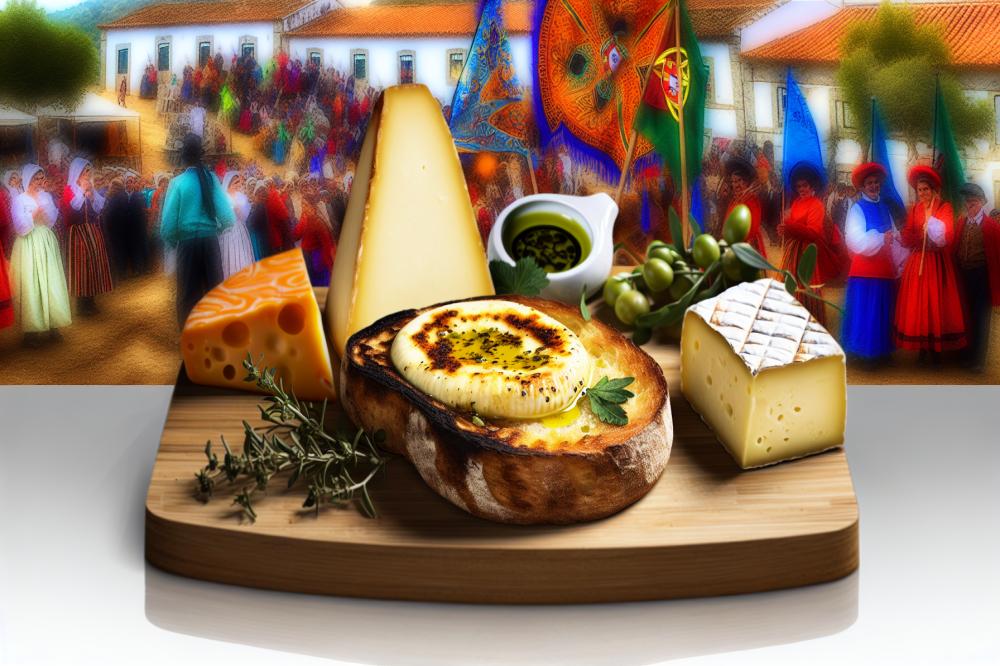
In Portugal, cheese plays a vital role in many festivals and gatherings. Each region has its own cheese specialties, reflecting local heritage and traditions. This rich culinary history weaves cheese deeply into everyday life. From family meals to communal celebrations, it unites people over shared flavors and memories.
During the Feast of Saint Anthony, you might find people enjoying a variety of cheeses while celebrating. Local communities display their pride through traditional dishes that include these delightful products. The annual Cheese Festival in Serra da Estrela captures the spirit of the region, highlighting its distinct varieties. Traditional recipes often feature cheese as an essential ingredient, showcasing its versatility.
In the Azores, the islanders have their own special cheeses that play a part in local customs. These cheeses are not just food; they represent the identity of the communities. People enjoy them during gatherings, emphasizing the importance of shared experiences. Such occasions remind everyone of their roots and the skills passed down through generations.
Not to forget, the famed Queijo da Serra is celebrated for its rich flavor. Many consider it the heart of Portuguese cuisine. When served at family dinners or special events, it evokes nostalgia and warmth. This cheese tells stories of the land and its people, making it indispensable from regional celebrations.
In marketplaces across the country, vendors proudly display their local products. Passersby pick up cheese, often engaging in conversations about traditions and recipes. These interactions help maintain cultural connections. Food becomes a topic that brings people together, creating a stronger community bond.
If you stroll through a small village during a harvest festival, the aroma of melted cheese fills the air. Couples often share fond memories of enjoying a cheese plate while watching the festivities. Children, too, join in, savoring every mouthful with pure delight. This shows how food can pass down traditions and strengthen family ties.
Final Thoughts
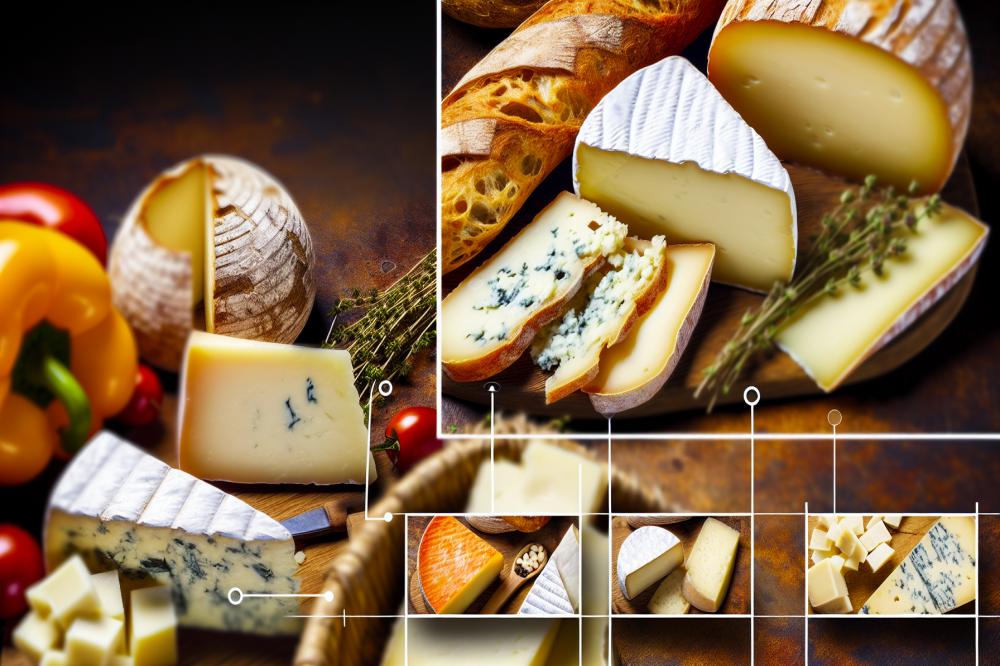
Portuguese cheese plays a vital role in traditional recipes, enriching dishes that define the country’s culinary heritage. This ingredient adds layers of flavor and texture, making meals truly memorable. It is remarkable how these cheeses contribute to both familiar and innovative recipes.
Many dishes have flourished because of these cheese varieties. From savory pastries to hearty casseroles, their place in the kitchen is significant. Travelers and locals alike celebrate these flavors in festivals and family gatherings, boosting the joy of sharing meals.
Trying out new recipes at home can be a rewarding experience. Incorporating local cheeses can elevate everyday cooking. Exploring their diverse flavors could transform a simple dish into something extraordinary. Why not take a chance on these delicious options?
Start your culinary journey by experimenting with different kinds of cheese. Replace standard ingredients with these flavorful choices in classic meals. You might surprise yourself with what you create. Engage your friends and family in this adventure, and share the love of cooking.
Take action now. Challenge yourself to make a traditional dish using Portuguese cheese. Your kitchen awaits the delight that these flavors can bring. Happy cooking!

